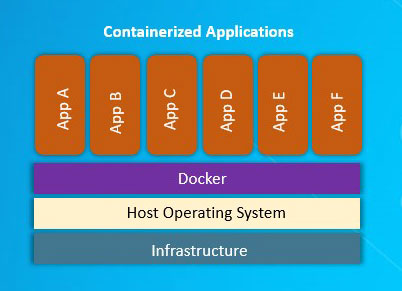What is Docker?
Docker is an open-source platform that creates, develops, and manages containers on common operating systems. Docker technology was officially introduced in 2013.
Docker is a platform for running containers. The container is a technology through which we can virtualize the operating system and have a completely isolated and separated platform for running and developing applications. Inside the container, the libraries, configuration files, and everything related to the application are placed and can be easily moved like a ready-made package. In the Docker world, everything is in the form of containers. Images are used in containers, which provide relevant input for code execution and other things, and a connection is established between the environment and the operating system.
In Docker, resource isolation is formed between the kernel of the operating system and the various things that run inside the container. This isolation is completely different from the structure of VM virtual machines. In our virtualization structure, I consider everything from one operating system to another as a package, where each virtual machine has its operating system. Still, in the world of Docker, the main operating system core is shared in containers.
Docker was originally designed to work on the Linux platform, but it has grown and developed daily until today; it is used on various platforms. For example, today, on Windows Server from version 2016 and above, you can have containers and use the Docker platform.

Docker has an Engine in its infrastructure, which is used to create and manage applications in the form of containers. This engine creates a server-side daemon process that hosts images, containers, and network- and storage-related resources. The daemon also provides a CLI command line interface on the user side so that the user can interact with the container and its application structure through this interface. The containers created are called Dockerfiles.
The platform has also considered platforms for its users; one of these platforms is Hub, a cloud space that allows users to use ready-made containers or publish containers for others to use.
Docker emerged as a standard platform for the rapid development of containers on the Engine platform. Allows users to easily move their containers, which contain applications and related applications, between different hosts and share them in public and private environments. Docker’s advantages include increasing applications’ efficiency, using fewer resources, and faster deployment compared to virtual machines.
